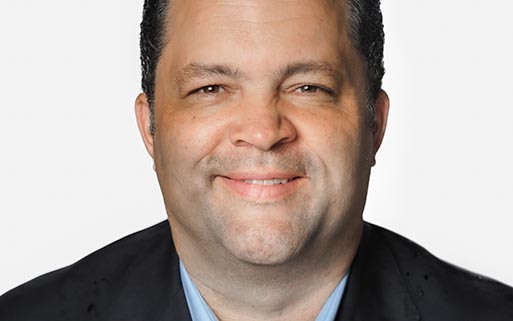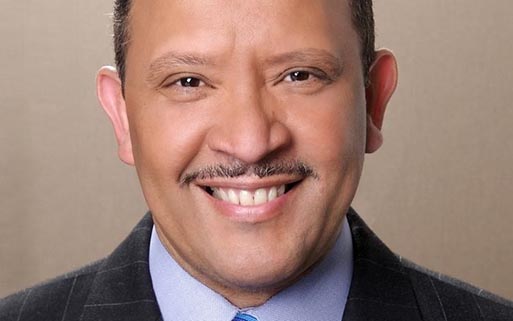Finances FYI Presented by JPMorgan Chase
Traditional budgeting doesn’t work for everyone — it can feel tedious, hard to keep up with, and unproductive when it comes to achieving long-term financial goals.
If you’re struggling with finding a budgeting system that fits your needs, especially if your needs include strategic saving, reverse budgeting may be right for you.
Never heard of reverse budgeting? Don’t worry — we’ll walk through the concept, why it works, and how you can get started.
What Is Reverse Budgeting?
You could just as accurately call reverse budgeting the ”pay yourself first” method. Instead of going line by line through your monthly expenses and allocating a set amount to every item, you’ll start each month by putting money toward savings and investment goals.
From there, you’ll take care of monthly essentials — rent or mortgage, utilities and subscriptions, groceries, child and pet care, etc. Finally, your remaining money is discretionary cash; you can use it for fun extras like dining out or entertainment, seasonal needs like new clothes, or extra savings.
Why Should I Reverse Budget?
Reverse budgeting isn’t for everyone, but it can be a highly effective financial management tool if you’re looking to save effectively or if you are struggling with burnout from line-item budgeting.
Since reverse budgeting only involves allocating money for savings and expenses, you won’t find yourself having to track every clothing purchase or fast food splurge — as long as you’re meeting those monthly savings goals and essentials needs without trouble, the rest of your money is yours to spend.
Because your savings and investments come first, you’ll find that it’s easier than ever to hit your goals in those areas. Most employers make it easy to automate the savings process, as we’ll discuss in a minute.
Reverse budgeting may not be suitable for you if:
- Things are tight right now. If you’re barely making it month-to-month, you likely need to prioritize essentials over saving. However, keep in mind that you can start saving at any level, even if you’re just putting aside $10 a month.
- You’re carrying a lot of debt. If you’re dealing with problematic debt that’s ultimately harming your financial situation, it’s probably more helpful for you to focus on paying down your debt rather than saving right now.
- You already struggle with overspending. You may need a more regulated budget that doesn’t come with the possibility of running up credit card debt to cover unexpected extras.

How Do I Reverse Budget?
There are a few simple steps that will help you start your reverse budgeting journey:
- Take stock of your needs. To get started, you’ll want to go through your monthly expenses — based on bank statements and credit card bills — to understand your monthly discretionary spending needs and essential expenses.
- Determine your saving goals. Prioritizing saving only works if you know what you’re saving toward. You’ll probably want to build a mixture of long-term goals (your retirement or your children’s college funds) and short-term goals (a solid emergency fund or home renovation savings). Determine your needs, then figure out how much you need to save each month to get there.
- Build your reverse budget. Once you’ve determined your savings, essentials, and discretionary spending needs, set up your budget breakdown. If you need guidelines to help you separate out your spending and saving, consider the 50/15/5 rule: 50% for essentials, 15% toward retirement and long-term saving goals, 5% toward short-term saving goals and debt repayment, and 30% to spend as you will — or the 50/30/20 approach (50% to essentials, 30% to discretionary spending, and 20% to savings).
- Stay reasonable and flexible. While you want to prioritize your savings, you also want to be realistic about leaving yourself enough for expenses and discretionary spending every month. You can always err on the side of caution and start small on your savings, then increase that allocation when you find that you have more than enough to cover your basic needs. You want to avoid overdrafts, putting yourself into debt, or finding yourself digging into your savings to cover foreseeable expenses each month.
- Put it out of sight, out of mind. You can likely find an easy way to auto-deposit your savings each month. If your paycheck is direct deposit and your employer will allow you to split that deposit across multiple accounts, set a portion of your pay to auto-deposit into a distinct savings account. Automate your 401k allocation each month so you never miss the money. If you’re saving for multiple goals and find it helpful, you can create accounts or sub-accounts for each saving goal.
It may be time to find out if reverse budgeting is right for you. By taking stock of your needs, determining your saving goals, and automating your process, you can implement a reverse budgeting system.
Finances FYI is presented by JPMorgan Chase. JPMorgan Chase is making a $30 billion commitment over the next five years to address some of the largest drivers of the racial wealth divide.
























